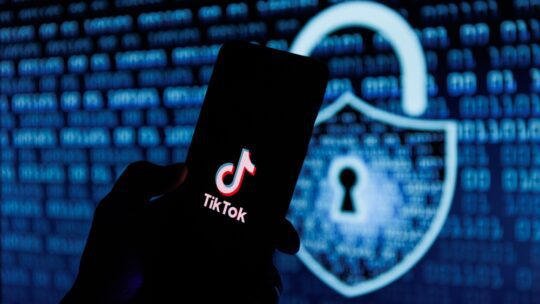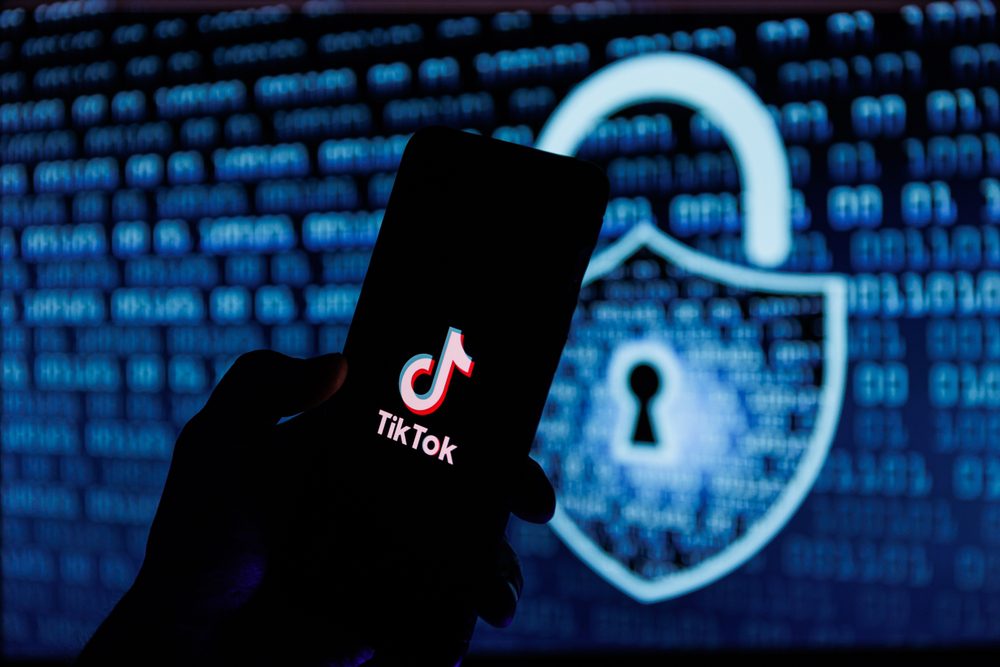
In a moment that underscores the challenges of navigating the political landscape, TikTok has found itself in a high-stakes battle. The app, which remains operational for existing users despite its removal from app stores, nonetheless faces an uncertain future as courts and government officials debate its fate.
However, this evolving situation also offers valuable lessons for PR pros and businesses on crisis management, brand loyalty and communication strategies.
1. Transparency and timeliness save companies
TikTok wasted no time addressing the ban, immediately notifying users that the app would go offline and providing real-time updates as the situation evolved. Whether the messages were a strategic push to influence public sentiment or a genuine effort to maintain user trust, TikTok’s steady stream of updates and direct communication with its users came across as transparent and honest.
In a time when trust is at an all-time low, that kind of openness is crucial.
2. Brand reputation carries organizations through a crisis
Ultimately, TikTok’s ability to survive hinges on its ongoing reputation with consumers, companies and influencers. The immense popularity of the app, with over 1.5 billion monthly active users worldwide, has made it indispensable for entertainment, marketing and communications.
What should companies learn from this? Crisis management isn’t just about putting out a statement that can stand on its own. It’s about building an established brand reputation and keeping loyal customers with the goals of backing up claims and enhancing trust.
3. Keeping an eye on your competitors brings opportunities
When TikTok went dark, RedNote seized the moment. As millions of users scrambled for alternatives, the Chinese social media platform saw an influx of “TikTok refugees” looking for a new home.
Brands that track competitors closely can position themselves to benefit when disruptions happen. Whether through targeted ads, influencer partnerships, or platform incentives, companies should be ready to catch an audience in transition.
4. Using political events without getting political
PR professionals often avoid politics, but they can still leverage politically-charged moments. TikTok’s return dominated headlines partly due to the political narrative of President Donald Trump delaying the ban.
However, the story resonated even more because of the app’s importance to influencers and brands, whose income, PR and marketing strategies rely heavily on its platform. This economic ripple effect turned the news into more than just a political story—it became a business and cultural issue.
PR pros can take a similar approach by focusing on real-world impacts rather than political debates. By staying practical and people-focused, businesses can stay in the conversation without alienating their audiences.
5. Knowing your audience should be the top priority
Sometimes taking a stand is the smarter move—if it aligns with your audience.
TikTok’s approach demonstrated a clear understanding of its user base. Instead of diving into political debates, the platform framed its response as a fight to keep TikTok accessible, emphasizing its importance to users for entertainment, community and even income. This messaging struck a chord with its audience, reinforcing trust and loyalty.
In the corporate world, some companies have recently faced political pressure to pull back on DEI initiatives. Costco, however, doubled down on its DEI messaging, showing a clear alignment with its audience’s values and earning widespread approval. By contrast, Meta’s decision to scale back its DEI efforts appeared out of sync with its audience, leading to significant backlash and reputational damage. The lesson is clear: companies must understand and respond to what their customers value most.
As companies continue to struggle with how to respond to political situations, keep an eye on how major brands like TikTok are succeeding.
Natalie Severt is Marketing Director at Intelligent Relations.
This article was originally published by a www.prnewsonline.com . Read the Original article here. .

